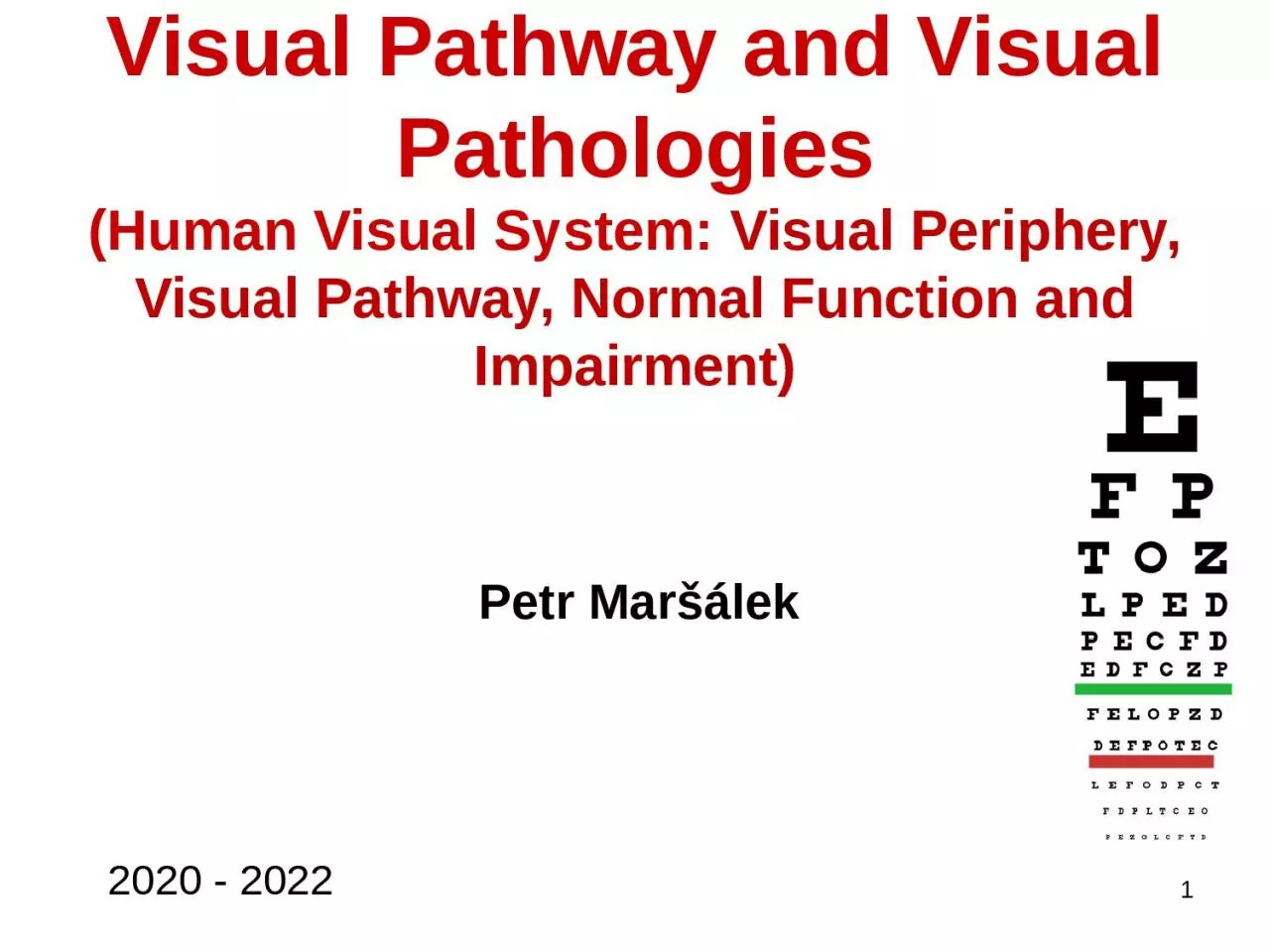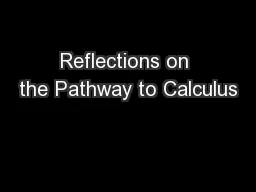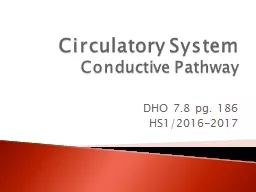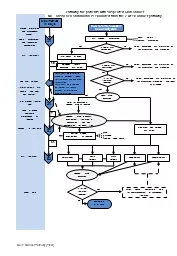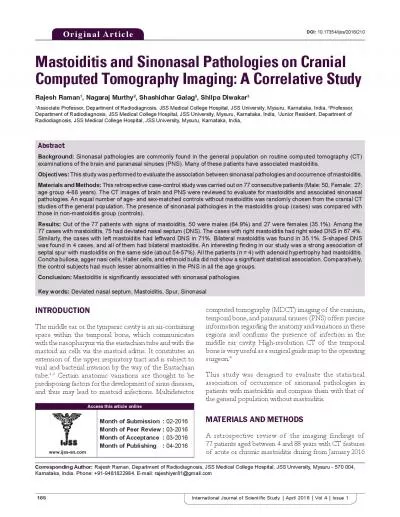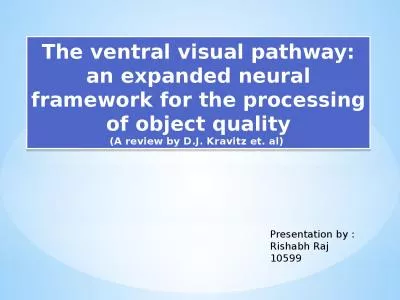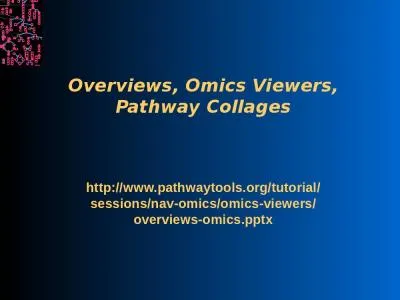PPT-Visual Pathway and Visual Pathologies
Author : ariel | Published Date : 2024-03-13
Human Visual System Visual Periphery Visual Pathway Normal Function and Impairment Petr Mar šá lek 20 20 2022 1 Outline 8 Retina and Subcortical Visual Pathway
Presentation Embed Code
Download Presentation
Download Presentation The PPT/PDF document "Visual Pathway and Visual Pathologies" is the property of its rightful owner. Permission is granted to download and print the materials on this website for personal, non-commercial use only, and to display it on your personal computer provided you do not modify the materials and that you retain all copyright notices contained in the materials. By downloading content from our website, you accept the terms of this agreement.
Visual Pathway and Visual Pathologies: Transcript
Download Rules Of Document
"Visual Pathway and Visual Pathologies"The content belongs to its owner. You may download and print it for personal use, without modification, and keep all copyright notices. By downloading, you agree to these terms.
Related Documents

